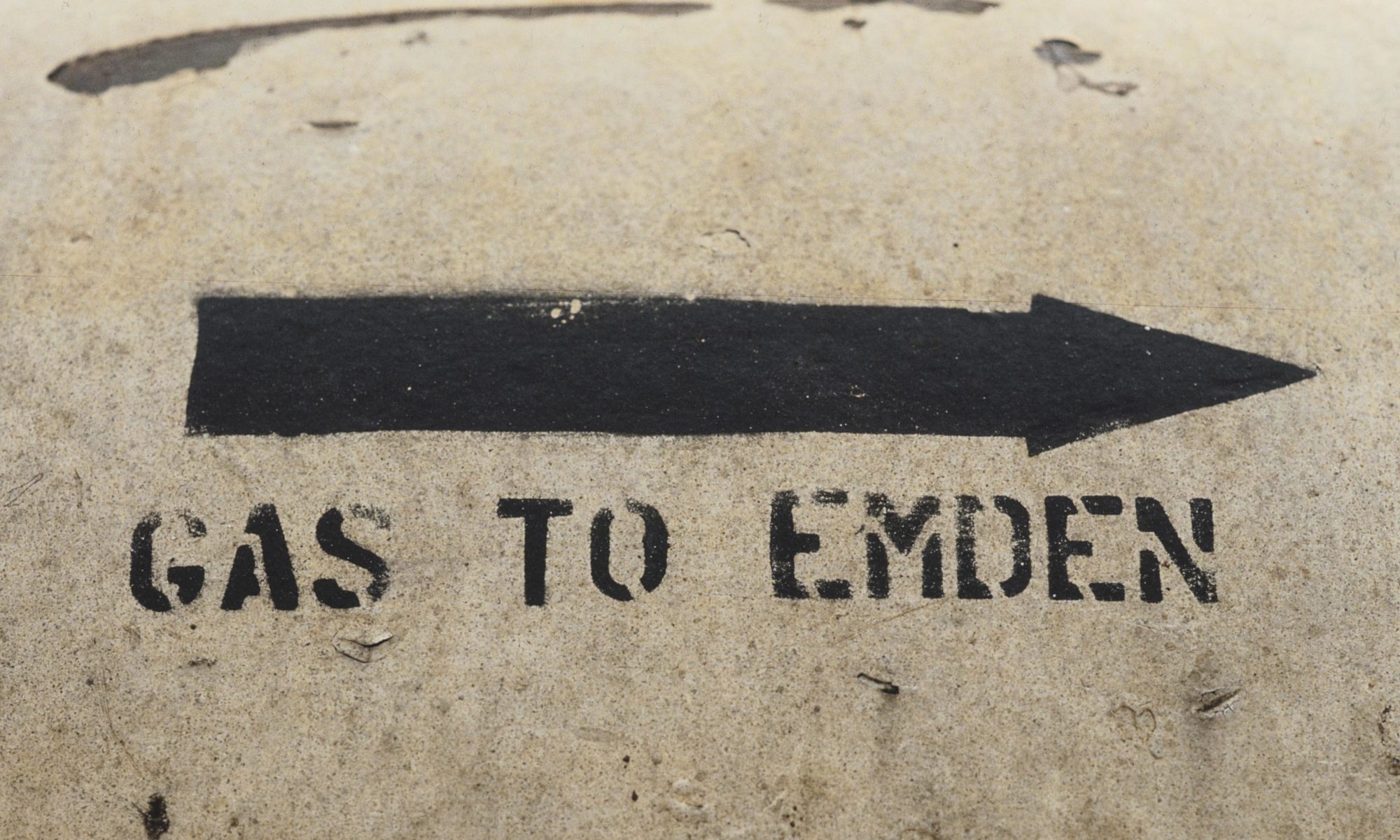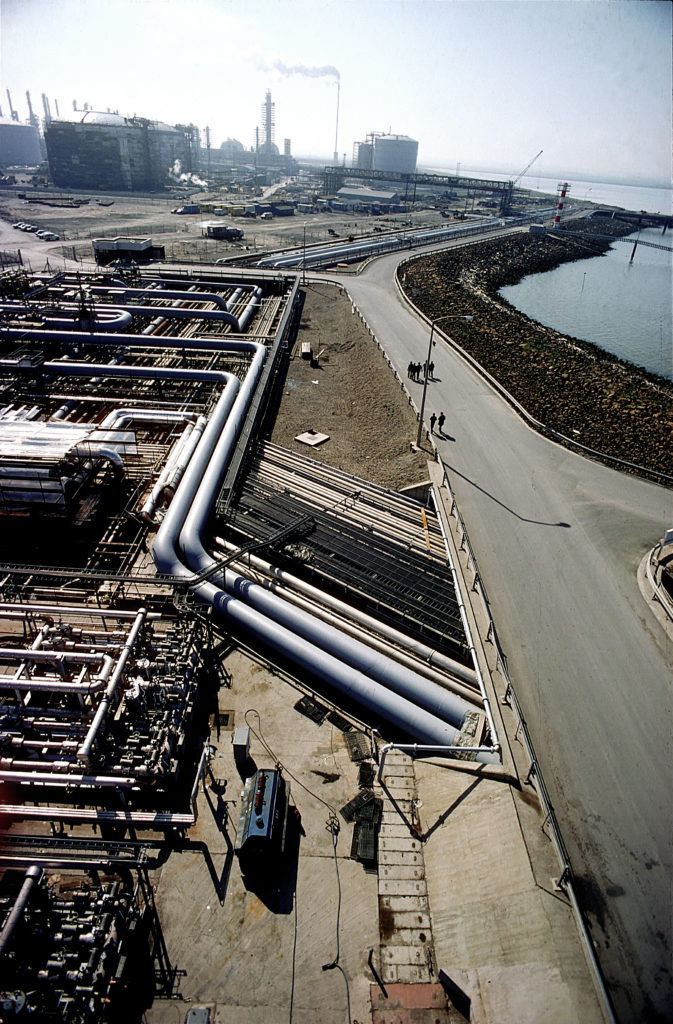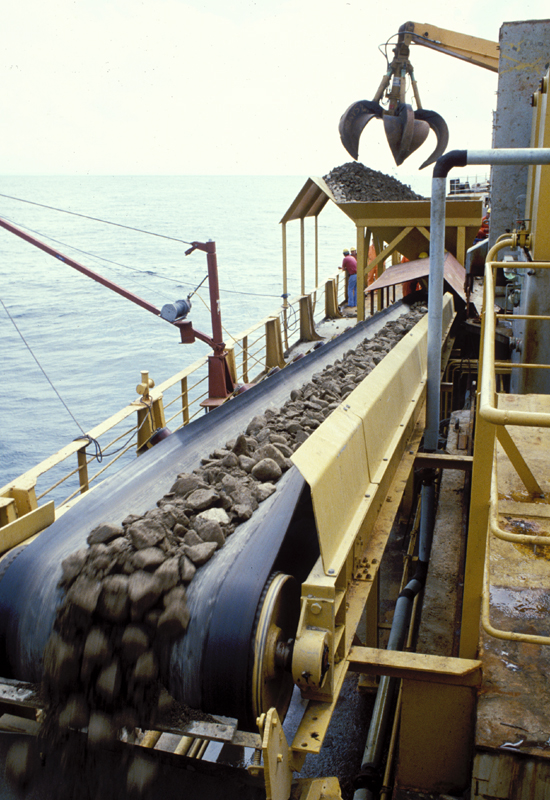Pipelines

In addition to ConocoPhillips’ own production from Ekofisk, these pipelines carry gas and oil from the company’s fields in the UK sector and from other fields on the Norwegian and British continental shelves.
The three fields in the Greater Ekofisk Area are also tied together by pipelines.
Oil pipeline to Teesside

The pipeline linking Ekofisk with the terminal for oil and natural gas liquids (NGL) at Teesside on the north-east English coast became operational in October 1975.
Pumps raise the pressure of the oil and NGL before they start their journey to land. Two pumping stations – 37/4 A and 36/22 A – originally stood along the pipeline to maintain this pressure, but have now been disconnected and removed.
The pipeline was installed with the ability to carry a million barrels per day. However, that much capacity has never been required.
In the UK sector, a 24-inch pipeline has been tied in with a Y connection to receive input from several British fields – including the J block developments operated by ConocoPhillips.
Output from the Greater Ekofisk Area is supplemented by crude from Valhall, Hod, Ula and Gyda heading for Teesside, optimising pipeline utilisation and thereby boosting value creation.
The pipeline is owned by Norpipe Oil AS and operated by ConocoPhillips.
Gas pipeline to Emden

This pipeline became operational in September 1977. The starting pressure of around 132 bar is provided by compressors on the Ekofisk Complex.
The 443-kilometre distance to Emden was split into three equal sections, with platforms B11 and H7 located at the intermediate points to provide boosting if required.
However, additional compression was seldom needed on the final stage to Emden. H7 was shut down in 2007 and B11 in 2013, and both have since been removed.
These two booster platforms were located in the German sector of the North Sea, while the pipeline also crosses the Danish sector.
The pipeline has been trenched or covered with sand. Its final section passes the island of Juist before making landfall on the coast of East Friesland to the north of Emden.
Its daily capacity is roughly 59.4 million standard cubic metres (2.1 billion cubic feet). In addition to gas from the Greater Ekofisk Area, it carries output from Valhall, Hod, Ula, Gyda and the Statpipe system (primarily Statfjord and Gullfaks).
Source: ConocoPhillips Norge

When some one searches for his necessary thing, therefore he/she wants to be available that in detail, thus
that thing is maintained over here.
Great article! We will be linking to this particularly great post on our
website. Keep up the great writing.
I am actually grateful to the owner of this
site who has shared this enormous paragraph at at this place.
Howdy just wanted to give you a quick heads up. The words in your post seem to be running off the screen in Ie.
I’m not sure if this is a format issue or something to do with web browser
compatibility but I thought I’d post to let you know. The style
and design look great though! Hope you get the issue resolved soon. Kudos
Howdy! I just wish to give you a big thumbs up for your excellent info you have here
on this post. I will be coming back to your blog for more soon.
I’m really impressed along with your writing talents and also with the layout on your weblog.
Is that this a paid subject matter or did you modify it your self?
Anyway keep up the nice high quality writing,
it’s uncommon to see a great blog like this one these days..
Google Analytics Alternative